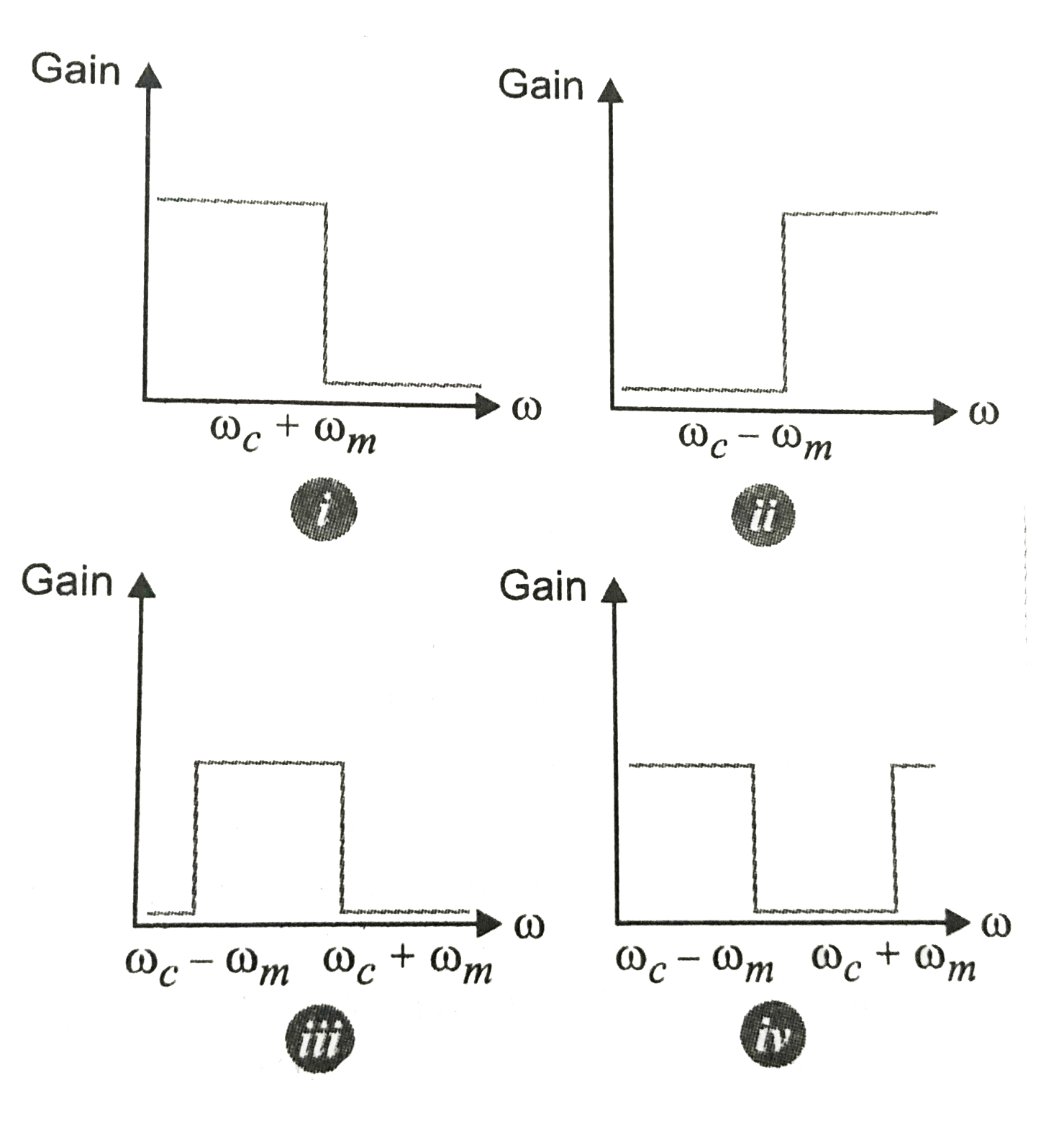Enzymatic filters are used for removing
A
Nitrogen pollutants
B
Chloride pollutants
C
Hydrocarbons
D
Lead
Video Solution
Text Solution
The correct Answer is:C
|
Answer
Step by step video, text & image solution for Enzymatic filters are used for removing by Biology experts to help you in doubts & scoring excellent marks in Class 12 exams.
Updated on:21/07/2023Topper's Solved these Questions
- ENVIRONMENTAL ISSUESBOOK - DINESH PUBLICATIONCHAPTER - ENVIRONMENTAL ISSUESEXERCISE - Check your grasp
18 Videos
- ENVIRONMENTAL ISSUESBOOK - DINESH PUBLICATIONCHAPTER - ENVIRONMENTAL ISSUESEXERCISE - Brain teasers-X
145 Videos
- ECHINODERMATABOOK - DINESH PUBLICATIONCHAPTER - ECHINODERMATAEXERCISE - REVISION QUESTIONS
65 Videos
- EVIDENCES OF EVOLUTIONBOOK - DINESH PUBLICATIONCHAPTER - EVIDENCES OF EVOLUTIONEXERCISE - CHECK YOUR GRASP
3 Videos
Similar Questions
Knowledge Check
Bag filters are used for removal of pollutants from
AExhaust emissionsBEffluent waterCsewage waterDBoth B and CAntacids are used to remove
Abody painBacidityCbasicityDheadacheAntacids are used to remove
Abody painBacidltyCbasicityDheadache




